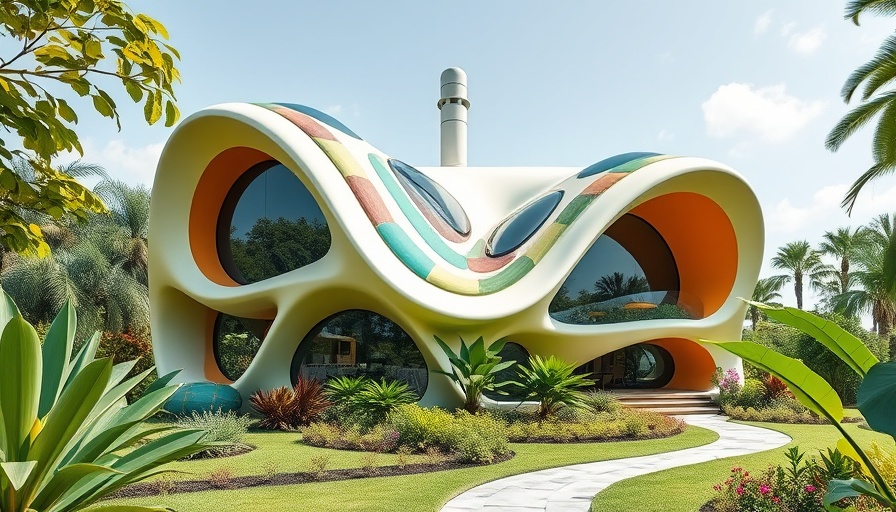
The Harmony of Nature and Architecture in Mexico City
Imagine living in a space that feels as nurturing as the womb, seamlessly blending into the environment. This is the essence of a unique cave home built on the outskirts of Mexico City, designed to create a deep emotional connection between its inhabitants and the surrounding landscape. With curves and soft lines defining its structure, this architectural marvel challenges conventional notions of home design.
In 'Inside a Breathtaking Cave Home Overlooking Mexico City,' the discussion dives into innovative architectural designs that blend comfort and nature, sparking deeper analysis on how these concepts influence modern living.
Aspirations of Curved Design
The creators of this extraordinary home sought to embody the fluidity of nature through their design philosophy. As they explain, straight lines are rarely found in natural forms; instead, the environment offers inspiration through spirals and curves. This idea leads to the belief that spaces should be crafted to resemble the human experience. The home features vibrant earthy tones and a spiraled layout, allowing residents to navigate through a sequence of unique spaces while embracing the comfort of their natural surroundings.
Integration with Nature: More Than Aesthetic
Building this cave-like house was not just about aesthetics; it reflects a broader trend toward sustainable living and environmental consciousness. As noted in the insightful discussion captured in the video, the architect's commitment is to merge human spaces with the essence of nature. This connection fosters not only emotional comfort but also promotes an overall healthier living environment amidst an increasingly urban landscape.
The Practicality in Artistic Design
One of the remarkable aspects of this home is its use of ferrocement, a construction technique that provides durability while allowing for organic shapes. Such materials echo natural forms and enable the creation of comfortable, curved spaces that feel both intimate and expansive. Built with a focus on functional beauty, this home exemplifies how practical materials and artistic vision can harmoniously coexist.
Why This Matters for Homeowners Today
For homeowners, buyers, and designers, the lessons from this innovative cave home delve deeper than mere visual appeal. There’s a growing recognition that homes should comfort us, akin to a protective embrace. As lifestyle and sustainability take center stage in home design discussions, it’s crucial to consider how our living spaces influence well-being and our relationship with the environment. This reflection encourages a shift towards more organic forms in future home designs, aligned with the rhythms of nature.
This exploration of a home that prioritizes the human experience over sterile design offers a refreshing perspective in today’s architectural trends. Embracing the curves may just lead to more heartfelt living spaces that fuel emotional and physical wellness.
 Add Row
Add Row  Add
Add 




Write A Comment